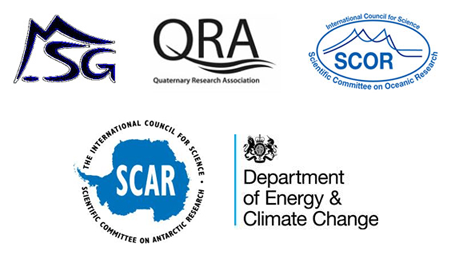Holocene Climate Change
This meeting examined high frequency climate changes reflected in the geological record, and the pacings of change and their geological consequences, during the Holocene - the past 11,700 years.
Despite the general stability of the Holocene climate, there have been distinct cool/dry events, for example at 8200, 6600, 5600, 4100 and 2700 years ago and in the Little Ice Age between roughly 1400 and 1850, and warm/wet periods like the Holocene climatic optimum, the Roman Warm Period and the Medieval Warm Period. To what extent were these events global rather than regional? What drove them? What produces roughly periodic changes at intervals of about 1500 years seen in marine records and speleothems? Resolving these kinds of questions will aid understanding the modern climate and the warming that has taken place since around 1970. Recent improvements in physical- and chemo-stratigraphy and modelling allow us to examine in much more detail than hitherto the effects of a wide variety of natural causes, natural cycles, and greenhouse gases, and to integrate results from different land and ocean areas in ways not formerly possible. The results of the meeting should help to inform the ongoing deliberations of the IPCC and to dispel some current misconceptions.
The meeting was divided into sessions on Ocean Change, Sea-Level Variability, Terrestrial Change, Ice Core Change, the Modelling of any or all of these, and the interaction between climate and humans.
Keynote Speakers
- Graeme Barker, Cambridge
- Ian Hall, Cardiff
- Anthony Long, Durham
- Ulysses Ninnemann, Bergen
- Paul Valdes, Bristol
- Bo Vinther, Copenhagen
- Heinz Wanner, Bern
Organising/Advisory Committee
Colin Summerhayes (Chair); Nick McCave; Paul Valdes; Graeme Barker; Eric Wolff; Dan Charman
Sponsors
